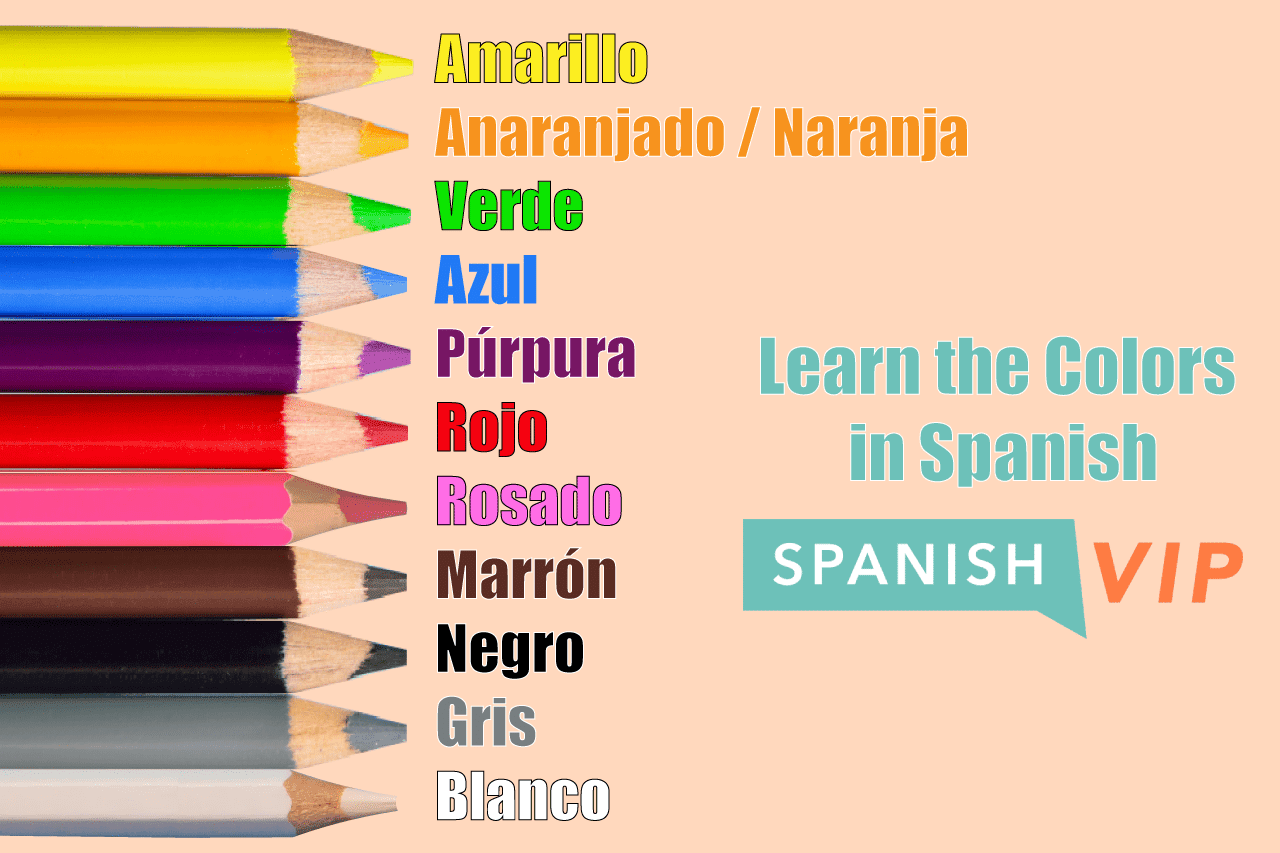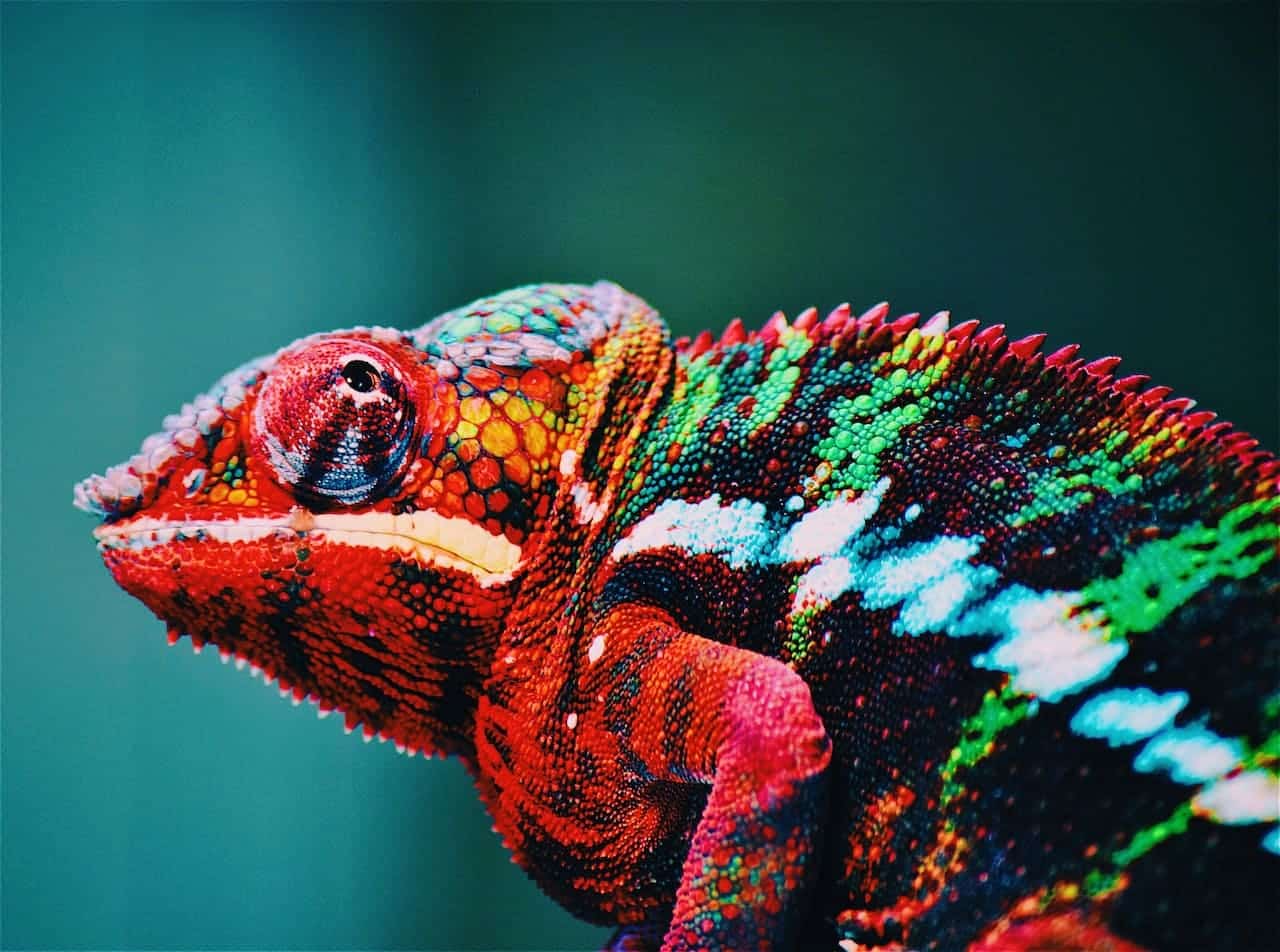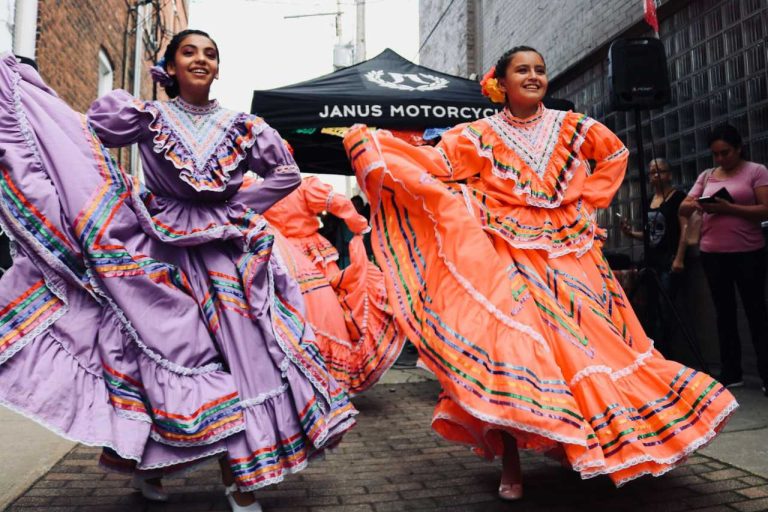
How To Name And Pronounce Colors in Spanish
DATE:
Colors are more than just visual experiences—they’re a vibrant part of language and culture, reflecting the way people see and interpret the world. In Spanish, colors are used daily, not only to describe what we see but also to convey emotions, cultural values, and even superstitions.
For instance, did you know that the color red is often associated with passion and energy in Spanish-speaking cultures, while green might bring to mind nature and tranquility? These associations can differ widely from one country to another, offering a fascinating glimpse into the cultural diversity of the Spanish-speaking world.
Learning the names of colors in Spanish is an essential step for any language learner, but it’s more than just memorizing vocabulary. It’s about understanding how these words fit into sentences, how they agree with the nouns they describe, and how they can be used to express everything from simple descriptions to complex ideas.
Imagine being able to describe a sunset, choose the perfect outfit, or even decode the symbolism in a piece of art—all in Spanish. Whether you’re a beginner looking to expand your vocabulary or an intermediate learner wanting to add depth to your conversations, mastering colors in Spanish will brighten up your language skills in more ways than one.

Basic Colors In Spanish
The most important colors are
- Amarillo – Yellow
- Anaranjado / Naranja – Orange
- Verde – Green
- Azul – Blue
- Púrpura / Morado – Purple
- Rojo – Red
- Rosado / Rosa – Pink
- Negro – Black
- Marrón / Café – Brown
- Gris – Gray / Grey
- Blanco – White
Other Colors in Spanish
|
Spanish |
English |
|---|---|
|
Ámbar |
Amber |
|
Aguamarina |
Aquamarine |
|
Magenta |
Magenta |
|
Azul Marino |
Navy Blue |
|
Cobre |
Copper |
|
Cian |
Cyan |
|
Fucsia |
Fuchsia |
|
Dorado |
Gold |
|
Salmón |
Salmon |
|
Escarlata |
Scarlet |
|
Índigo |
Indigo |
|
Lila |
Lilac |
|
Verde Limón, Verde Lima |
Lime Green |
|
Plateado |
Silver |
|
Celeste |
Sky Blue |
|
Verde Azulado |
Teal |
|
Turquesa |
Turquoise |
|
Violeta |
Violet |
Light and Dark Colors in Spanish
If you want to tell a dark or light color instead of a particular color, you simply have to say the primary color in Spanish followed by “obscuro” or “claro” respectively.
Examples
- Rojo Oscuro – Dark Red
- Azul Claro – Light Blue
- Verde Oscuro – Dark Green
QUICK NOTE…
There are other words that you can use to describe colors in Spanish, you can also use: Brillante, Opaco, Fosforescente y Pastel.
Gender Agreement for Colors in Spanish
As you already might know, nouns (also called “sustantivos”) are masculine or feminine, and colors also follow these rules. But the good news is that they can be changed.
Changing the color gender is simple, all it takes is replacing the last letter of the color. If the noun is masculine (ending with the letter o or e) or feminine (ending with the letter a). So remember, you must change the last letter of the color name to match the noun.
Let’s check some examples.
- La bandera blanca – “The white flag” (the word Bandera is feminine),
- El lápiz blanco – “The white pencil” ( the word Lápiz is masculine)
- El sueter rojo – “The red jacket” ( the word Sueter is masculine)
- La rosa roja – “The red rose” ( the word Rosa is feminine)
DID YOU KNOW…?
In English, there is only one definite article, “the.” In Spanish, you must choose between four definite articles: el, la, los, and las. Which one you choose depends on the noun which follows. The definite articles in Spanish address two things: gender, and if a word is singular or plural.
- El – Masculine singular
- La – Feminine singular
- Los – Masculine plural
- Las – Feminine plural
Spanish Colors That Change with Gender
|
English Color |
Masculine singular (Base) |
Feminine singular |
Masculine plural |
Feminine plural |
|---|---|---|---|---|
|
Red |
Red |
Roja |
Rojos |
Rojas |
|
Yellow |
Amarillo |
Amarilla |
Amarillos |
Amarillas |
|
Orange |
Anaranjado |
Anaranjada |
Anaranjados |
Anaranjados |
|
Black |
Negro |
Negra |
Negros |
Negras |
|
White |
Blanco |
Blanca |
Blancos |
Blancas |
|
Purple |
Morado |
Morada |
Morados |
Moradas |
|
Pink |
Rosado |
Rosada |
Rosados |
Rosadas |
|
Golden |
Dorado |
Dorada |
Dorados |
Doradas |
|
Siver |
Plateado |
Plateada |
Plateados |
Plateadas |
Notice how in the previous examples the color adjective ending with -o changes to an -a in the feminine form. But, not all of them follow these rules:
Spanish Colors That Don’t Change with Gender
|
English Color |
Masculine singular (Base) |
Feminine singular |
Masculine plural |
Feminine plural |
|---|---|---|---|---|
|
Green |
Verde |
Verde |
Verdes |
Verdes |
|
Blue |
Azul |
Azul |
Azules |
Azules |
|
Gray/Grey |
Gris |
Gris |
Grises |
Grises |
|
Brown |
Marrón |
Marrón |
Marrones |
Marrones |
|
Pink |
Rosa |
Rosa |
Rosa/Rosas |
Rosa/Rosas |
|
Magenta |
Magenta |
Magenta |
Magentas |
Magentas |
|
Orange |
Naranja |
Naranja |
Naranjas |
Naranjas |
|
Turquoise |
Turquesa |
Turquesa |
Turquesas |
Turquesas |
|
Brown |
Café |
Café |
Cafés |
Cafés |
|
Violet |
Violeta |
Violeta Violeta |
Violeta/Violetas |
Violeta/Violetas |
The Grammar for Colors in Spanish
Adjectives word order
Colors can be used as adjectives to describe a subject or noun. Like other adjectives in Spanish, the color comes after the noun in a sentence.
Take a look at some examples here.
- La casa rosada (The pink house)
- La manzana verde (The green apple)
- La bolsa roja (The red bag)
- El perro blanco (The white dog)
- La mesa azul (The blue table)
- Las sillas amarillas (The yellow chairs)
- Los aretes plateados (The silver earrings)
Colors As Nouns
Colors can also act as nouns when they represent a person or object. All color nouns are masculine, even when they end in -a since the masculine word is the base word.
Some examples include the following.
- Me gusta el color rosa. – I like the pink color.
- El violeta es mi color favorito. – Violet is my favorite color.

Using the Verb To Be (Ser and Estar)
In order to make sentences with Spanish colors, we can use the verb “ser”. Note that the color must match the gender of the noun and the number of the subject (if the subject is plural, the color must be plural).
- El vestido es morado. – The dress is purple.
- La camisa es morada. – The shirt is purple.
- Los globos son rojos. – The balloons are red.
We can also use the verb “estar” if we want to refer to a color of an object in a temporary matter.
- Tu cara está roja por el sol. – Your face is red from the sun.
- El cielo está gris. – The sky is grey right now.
- Los tomates están verdes aún. – The tomato is green still.
QUICK NOTE…
Still not getting the hang of the verbs “Estar” and “Ser”? Check out our full guide on Ser vs Estar and we promise you’ll
Spanish Expressions and Phrases
- ¿Cuál es tu color favorito? – What is your favorite color?
- Mi color favorito es el azul. – My favorite color is blue.
- Mi color preferido es el gris oscuro. – My favorite color is dark grey.
- El color que más me gusta es el rosa brillante. – The color I like the most is bright pink.
- El color que menos me gusta es el rojo. – The color I like the least is red.
- No me gusta el color verde oliva. – I don’t like olive green.
- Prefiero el color amarillo que el color café. – I prefer the color yellow to the color brown.
Me encanta el color turquesa. – I love the color turquoise.

Final notes to practice and learn the Colors in Spanish
- Draw circles on a piece of paper and fill them with an individual color: This method is the simplest way to practice the colors, you can stick that paper in your bed so you can see it every day, write the different forms of each color so you can study their genders.
- Use sticky notes to identify objects’ gender and color: A good way to practice noun genders is to put a sticky note to objects in your bedroom, write in the note the name of the object and try to identify the gender, after that, try to create a sentence using the color of the object as an adjective.
- Play with your mind: When you’re bored in any place, try to watch everything around you and try to think of its color in Spanish as fast as possible, without thinking in English, only Spanish!
We hope that you had fun with this, remember, this is a topic that requires some time of practice and study, so you can start over whenever you like, and, if you feel like you need help with your learning journey, you can always trust SpanishVIP to do that! You can have a free Spanish lesson or a 7-day free trial of our group classes today and never stop learning!











